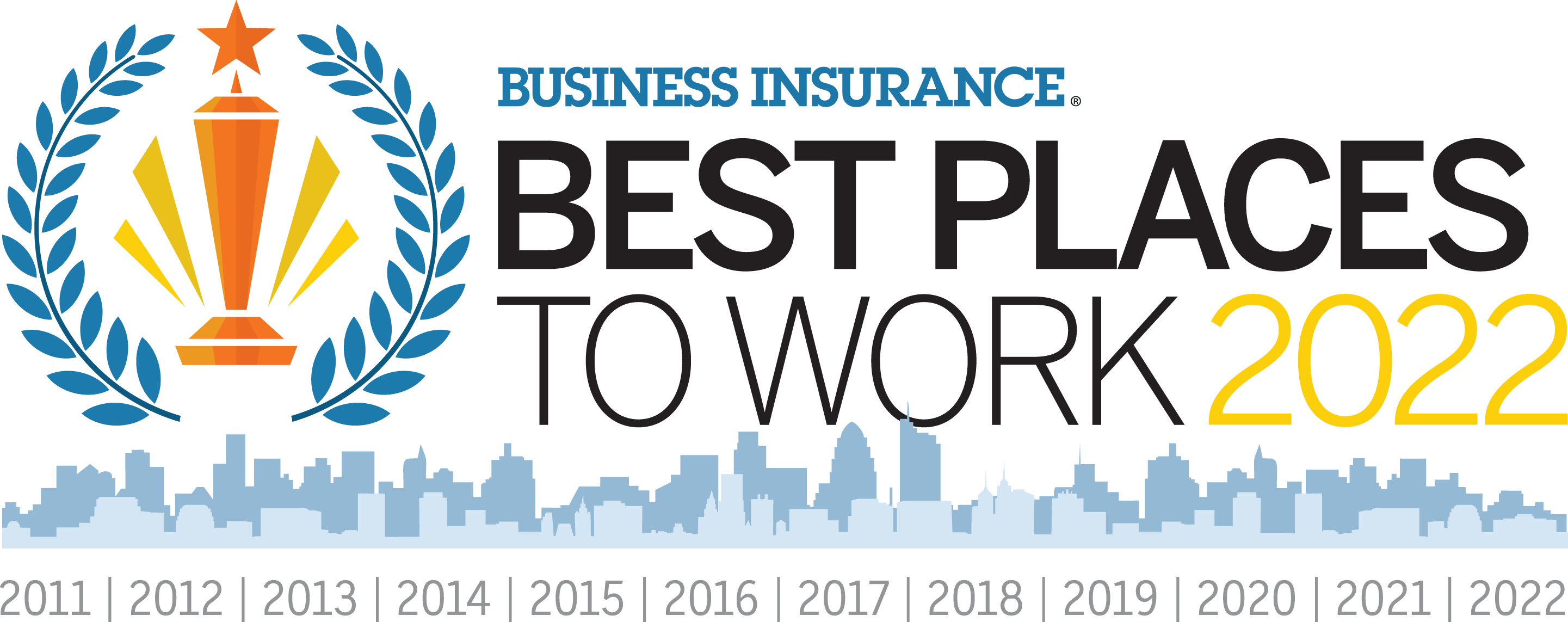
ACTIN Beats Private Insurance Price Inflation
What can we see when we compare price increases for employer-sponsored health care versus Medicare? And how does ACTIN Care stack up?
Employer-sponsored health care
For the 5-year period from 2014 to 2018, employer-sponsored health care spending increased 18%. During this same period, inflation increased at 7% (Healthcare Cost Institute, 2018 Healthcare Cost and Utilization Report). After adjusting for inflation, prices accounted for three-quarters of the overall cost growth. The prices that employer-sponsored plans paid for healthcare services, when looking at cost (the product of the price paid per unit of service and the number of units of the service), grew at twice the rate of inflation.
Medicare
Compare this to Medicare. Medicare pays professional providers separately from hospitals.
The services that a doctor or a therapist provides are assigned a relative value unit (a number) based upon difficulty and cost to the provider. For example, a 25-minute office visit is assigned a value of 3.76 and removal of a brain tumor is given 110. These values do not change over time.
The relative value unit is multiplied by a set dollar figure each year called a conversion factor. The conversion factor derives payment rates for individual services. In 2011, Medicare’s conversion factor was $33.98. In 2021, the rate is $34.89. This means there has been a 2.6% price increase in 10 years, with a national inflation rate of 16.3% for the 10-year period.
Medicare and hospitals
When working with hospitals, Medicare pays a flat fee for admission based on the specific procedure or reason for admission, adjusted for local labor and capital costs. Individual hospital base rates are then adjusted for additional costs, such as uninsured patient burden and teaching costs.
Hospital payment rates
Hospitals submit annual cost reports. National hospital payment rates are set to provide a 6% profit. Like professional payments, a numerical value is applied to this type of admission. For instance, a heart transplant has a value of 28.9651 and an appendectomy has a value of 1.1094. If a hospital’s payment rate is $6,000 per unit, then it is paid $174,000 for a heart transplant and $6,116 for an appendectomy.
These hospital payment rates are also tied to economy-wide inflation. The national labor and capital base rate unadjusted for local factors was $5164.11 in 2011 and $5823.30 in 2021, a 14% increase in 10 years with a national inflation rate of 16.3%.
How does this compare to commercial insurers?
Commercial insurers, by contrast, usually pay hospitals a percentage of billed charges. Hospital billed charges for inpatient admissions typically vary from 4.5 to 6.5 times the cost with certain outpatient procedures billed even 10 times the cost.
At an aggressive payment rate of 60% off billed charges, hospitals enjoy profit margins of 80% to 160%. This is not to mention that in such a payment system, the longer a patient stays and the more that is done to them, the higher the hospital payment. There is no reason for efficiency whatsoever, rather the opposite.
Annual healthcare prices between private insurance and Medicare
Annual healthcare price increases are cumulative, like compounded interest. In 2015, the average national private insurance payment for a hospital admission was $19,975. Medicare’s average price was $11,868. Between 2003 and 2016, the cost of a knee replacement would have been $25,172 if increased at the economy’s inflation rate. Instead, private insurers paid $34,063. A physician office visit would have been $78 in 2016, but private insurers paid $101 (How have healthcare prices grown in the U.S. over time? Peterson-KFF Health System Tracker).
What makes ACTIN contracts different?
ACTIN’s contracts use Medicare’s methods of flat payments for specific services. They are tied to Medicare’s payment rates, not payments based on discounts off what hospitals charge. ACTIN’s employers can expect annual price increases for hospital and physician services at approximately the rate of economy-wide inflation rather than twice that rate.
Interested in how our pricing works? Learn more and start a conversation with us today.
Contact IPMG at www.ipmg.com.


